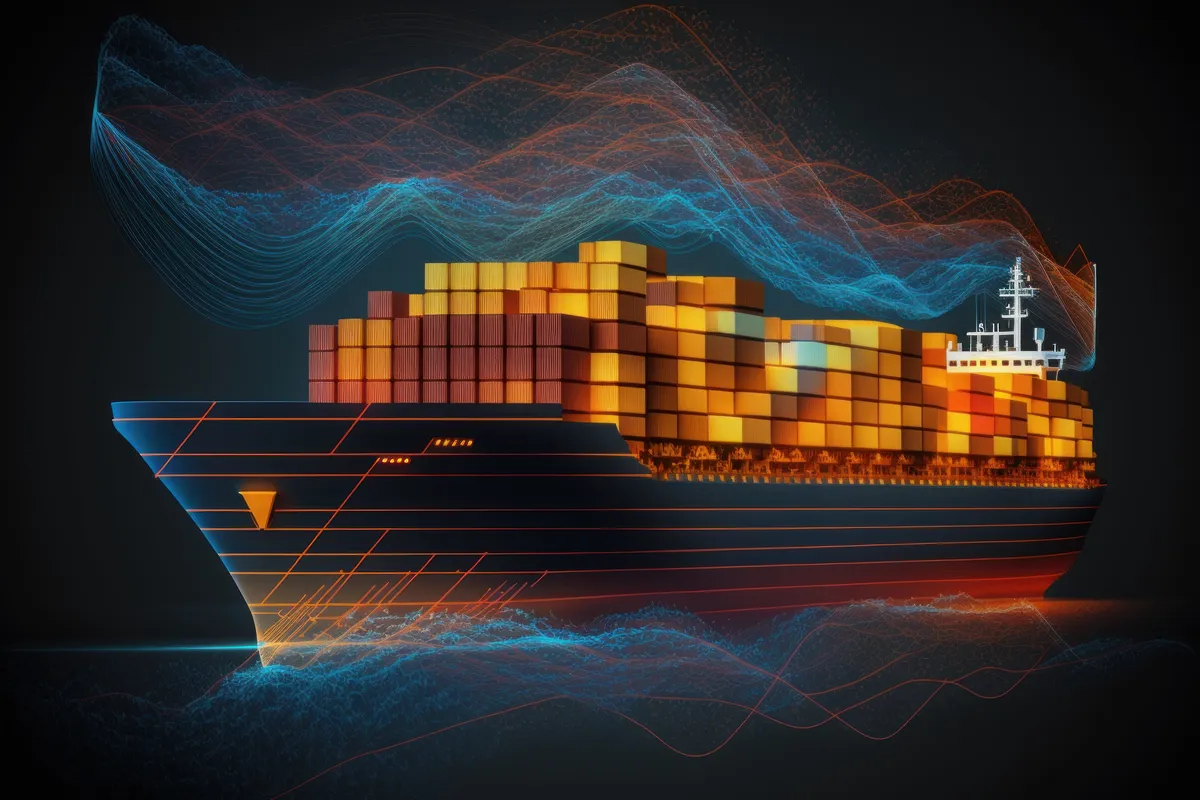The Isle of Man Ship Registry issued Technical Advisory Notice 005-24 regarding enclosed space entry, gas detection, and CO2 hazards.
This advisory primarily targets dry cargo operators, as they experience the highest incidence of enclosed space accidents. It emphasizes the need to assess hazards from cargoes before loading, particularly those that emit CO2, such as organic cargoes like coal. A recent incident resulted in the deaths of three stevedores, highlighting the risks of oxygen depletion and CO2 toxicity from organic materials.
This advisory serves as a supplement to previous Technical Advisory Notices (007-19 and 008-19), which also addressed issues related to enclosed space safety.
Gas Detection Requirements
The advisory outlines various codes and conventions that mandate the use of appropriate equipment for detecting toxic and flammable gases in confined or enclosed spaces. Notable references include:
- IMSBC Code Section 3: Provides guidelines on safe practices for the transport of bulk cargoes.
- SOLAS Regulations:
- Chapter VI Regulation 3.1: Requires that vessels transporting solid bulk cargo liable to emit toxic or flammable gases must have an appropriate instrument to measure gas concentrations.
- Chapter VI Regulation 3.2: States that crew members must be trained in using the gas detection instruments.
- Chapter XI Regulation 1.7: Emphasizes the need for safety in enclosed space entries.
The Isle of Man Ship Registry has recognized an increase in enclosed space accidents, as documented in various International Maritime Organization (IMO) papers. In response, the registry has developed more detailed interpretations of existing gas detection requirements to enhance safety without exceeding current IMO standards (referred to as “gold-plating”).
Interpretations of Gas Detection Requirements
The Isle of Man Ship Registry has established specific interpretations to help improve compliance with gas detection requirements:
Flammable Gas Detectors:
- These detectors must be capable of functioning in oxygen-deficient atmospheres. This is critical because flammable gas sensor readings can be affected when oxygen levels drop, potentially leading to misleading or insufficient data on the presence of flammable gases.
Detailed Instructions for Use:
- SOLAS requires that the use of gas detection equipment be accompanied by comprehensive operational instructions, which should include:
- Correct operation procedures for the equipment.
- Guidelines for calibration, including what span gas compositions should be used.
- Specific reagent tubes required for detecting toxic gases.
- Maintenance instructions to ensure ongoing reliability and accuracy of the detection instruments.
- Companies are encouraged to incorporate these elements into their Safety Management Systems (SMS), which may be reviewed during Document of Compliance (DOC) audits. Additionally, planned maintenance systems should include schedules for regular calibration and testing of the gas detection equipment.
Equipment Sufficiency:
- The advisory highlights that vessels must consider the specific risks associated with the cargoes on their lists. For example, if a vessel is equipped only with basic four-gas detectors (hydrogen sulfide (H2S), lower flammable limit (LFL), oxygen (O2), and carbon monoxide (CO)), it may be inadequate for transporting organic cargoes. Such detectors cannot detect CO2 emissions, which can pose severe health risks.
- The notice points out that while a small decrease in oxygen levels might be detected, it can be accompanied by a significant rise in CO2 concentration, which can start affecting human health at concentrations as low as 1,000 to 2,000 parts per million (ppm). In the UK, the 8-hour time-weighted average (TWA) for CO2 is set at 5,000 ppm.
- The Isle of Man Ship Registry notes that some guidance exists (e.g., paragraph 2 of MSC.1/Circ.1477) that indicates additional atmospheric hazards may be present in enclosed spaces that basic instruments might not detect. If such hazards are known, operators should ensure they carry the appropriate additional detection instruments.
LINK TO THE DOCUMENT

Sign up for our newsletter
It's free. No spam. Cancel anytime.










Related News
India issues investigation report on safety lapses aboard M.T. Patriot
Jan 24, 2025
Gibraltar issues guidance on prohibition of heavy fuel oil in Arctic waters
Jan 24, 2025
USCG safety alert: Hot work and lockout/tagout compliance
Jan 23, 2025